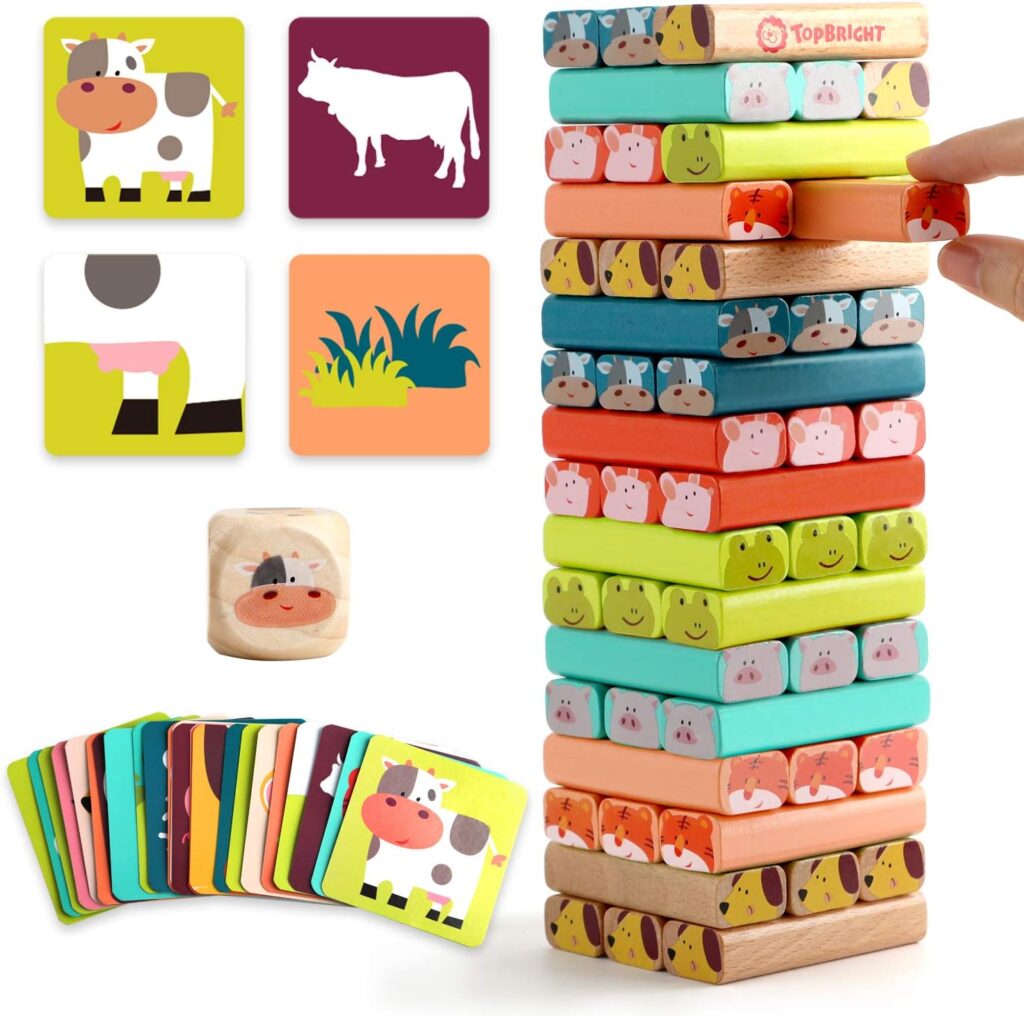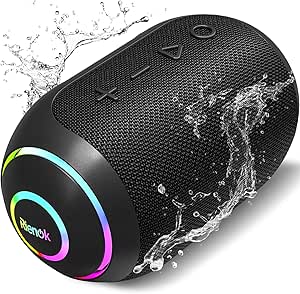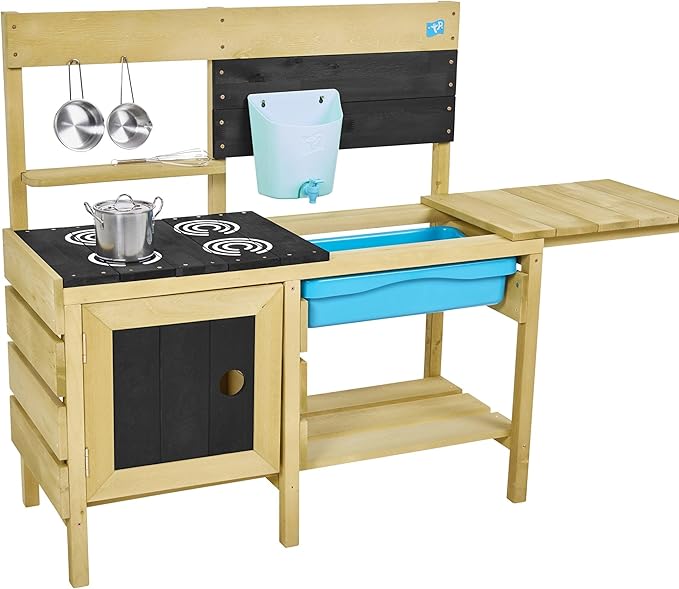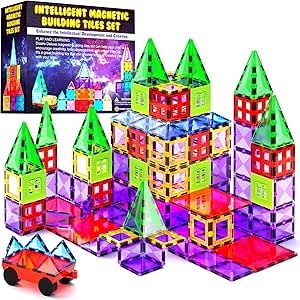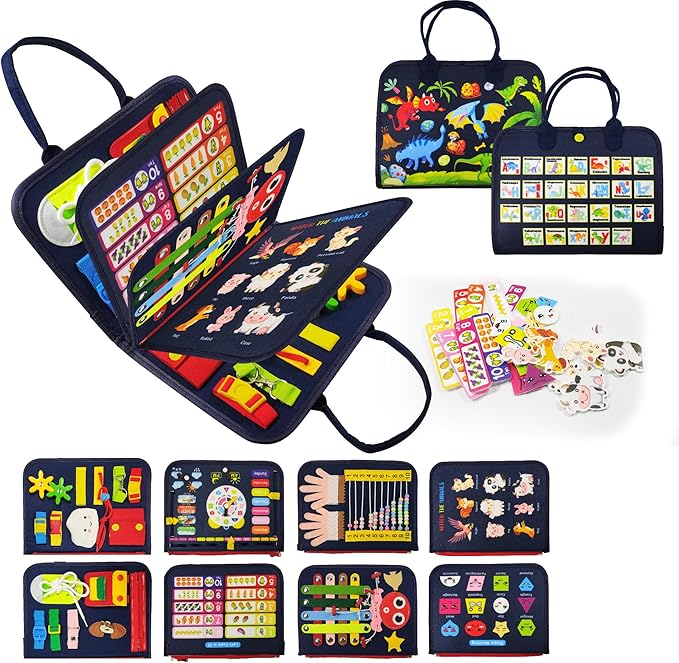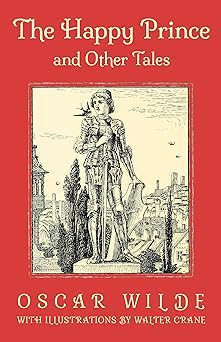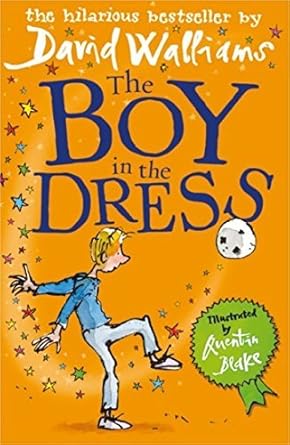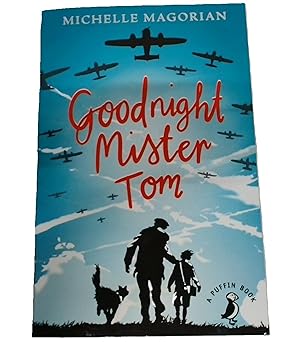The Power of Fun in Parenting: Fight or Play
The power of fun is not something that you hear much about much in the world of parenting. It is often seen as superfluous; A little treat for when the real parenting is done. In truth, it is so much more.
Fun and games, laughter and smiles; these are the things that can fill childhood with sunshine. They are also powerful tools to support your child.
Why Fun is Powerful
Children have a lot to learn. In the same way, parents have a lot to teach. The use of fun in your parenting journey has the power to help your children learn faster and more efficiently.
When your child is having fun, their body releases ‘feel-good’ hormones. Hormones such as endorphins and dopamine are released in higher quantities when your child is happy. These happy hormones can impact more than your child’s mood. These also help improve memory, focus, and sleep.
Furthermore, your children naturally engage with the world through play. Working with your child and bringing play into more areas of your life can help them feel engaged and boost their confidence.
Games over battles
Battles of wills are often commonplace with children. This is especially true if your child has a strong will. It is often possible, however, to redirect the energy with a game. Games are fun and have the power to change the mood; therefore, they make parenting less fraught.
For example:
Your child keep leaving toys out. Hide them, and tell your child they get them back when they find them. To begin with, they might leave a few out for the fun of playing ‘hunt the toy,’ but in time, they will learn to put things away.
Your child refuses to brush their teeth and get changed for school. Rather than asking for the zillionth time, challenge them to a race. Can they get changed and brush their teeth before you finish the breakfast dishes? You will be surprised how fast they move when they are racing you.
Bedtime battles can be hard. Play sleeping lions. Your children pretend to be asleep and you have to see if you can catch the sleeping lions moving. The longer they go without getting caught, the better they do. Just remember to tell them in the morning how well they did so that you can use the game again.
Ways to use fun as a powerful parenting tool
If fun is a powerful parenting tool, how do we bring more of it to our childrens days?
Race against time
Children love games, especially races. By setting up a race, you can encourage your child to engage in tasks that they may not be fond of.
We use races a lot. Children don’t want to leave a playdate. If I tell them I can put my coat on faster than they can collect their toys and put on their shoes, they will go all out to prove me wrong.
When they don’t want to tidy their rooms, I say I don’t believe they can do it in less than 20 minutes. They always manage.
Then of course, there are the actual running races when we are late leaving to school and I need to get them moving.
A race challenge can completely change the tone of a moment. Plus, when you are racing against your child, it can get you moving too.
Add Music
Music has the power to change moods; it is fun, and many of us don’t use it enough in parenting.
You can add music to most moments, with positive effects, but I love using it in the mornings. When we are feeling a bit groggy and are getting ready for school. Music can wake us up and give us a boost.
Maybe try combining music with race challenges, and see if your children can change or shower before a song finishes.
Exploring different songs and artists is also a great way to bond as a family. If you have a music app, spend time with your children creating playlists for different purposes. The songs you listen to when you’re driving may be different from the ones you listen to at the dinner table.
As well as pumping up or calming the mood, music can boost cognitive skills and support memory making.
If you need a starting point, here is a play list of some kid friendly songs.
Make traditions
Traditions are a great way to connect as a family, and also help children feel grounded and included. They can also help form a shared identity, as you create something that is particular to just your family.
They may be annual, such as a trip to a particular market every Christmas, or a movie night on the last day of the school year. Or they could be weekly. A family breakfast every Saturday, or board games on Friday.
The great thing about traditions is that you can personalise them to your family, and adapt them as your children grow and develop.
It can be fun to add little touches. For example, my family has a milk jug which comes out every Sunday morning, and we put candles on the table.
Get creative and find what is fun for your family.
Create challenges
Challenges are a positive way to encourage your child in anything they may be struggling with. When you create a challenge, you are shining a spotlight on your child’s progress. This can offer a huge boost to their self-esteem.
Whatever your child is working on, there will be a challenge you can create to match it. If reading is becoming a chore, set your child a challenge to read 100 pages in a week. If fussy eating is becoming a problem, see how many new foods your child can try in a week.
When you are creating challenges, it is better to focus on things they should do rather than not do. Keep the challenges manageable and trackable. Challenges like ‘be nicer to your siblings’ may be tempting. However, it is important to have a measure of success so you and your child can gauge how they are doing. Rather, something like ‘Say one nice thing to your sibling a day,’ is something you can track.
When it comes to prizes, don’t go too big. Little tokens, such as staying up an hour later, or getting to choose a dinner and pudding for the weekend, are enough.
A final note
There will be enough hard moments and battles to go around. Claim any fun you can. It is powerful, boosts your children’s development, and makes great memories.
I wish you all the peace,
Hannah Louise
References
Cloke, Harry. “Why Fun in Learning Works Better than Dull Learning.” Growth Engineering, 2024, www.growthengineering.co.uk/fun-in-learning/.
“Happy Children, Better Outcomes.” Www.schoolsearch.co.uk, www.schoolsearch.co.uk/news/happy-children-better-outcomes.
Jäncke, Lutz. “Music, Memory and Emotion.” Journal of Biology, vol. 7, no. 6, 8 Aug. 2008, p. 21, pmc.ncbi.nlm.nih.gov/articles/PMC2776393/, https://doi.org/10.1186/jbiol82.
Raypole, Crystal. “How to Hack Your Hormones for a Better Mood.” Healthline, Healthline Media, 30 Sept. 2019, www.healthline.com/health/happy-hormone#exercise.
Sutton, Amber. “Harnessing the Power of Endorphins, Serotonin, Dopamine through Relax Kids 7 Steps. – Relax Kids – Official Website.” Relax Kids – Official Website, 23 Apr. 2024, relaxkids.com/latest-news/harnessing-the-power-of-endorphins-serotonin-dopamine-through-relax-kids-7-steps/. Accessed 9 Sept. 2025.
Sutton, Jon. ““Happy Children Are Better Learners.”” BPS, The British Psychological Society, 23 Aug. 2024, www.bps.org.uk/psychologist/happy-children-are-better-learners.
Whiteman, Honor. “Laughter Releases “Feel Good Hormones” to Promote Social Bonding.” Www.medicalnewstoday.com, 3 June 2017, www.medicalnewstoday.com/articles/317756.
Yogman, Michael. “The Power of Play – How Fun and Games Help Children Thrive.” HealthyChildren.org, American Academy of Pediatrics, 13 June 2022, www.healthychildren.org/English/family-life/power-of-play/Pages/the-power-of-play-how-fun-and-games-help-children-thrive.aspx.



